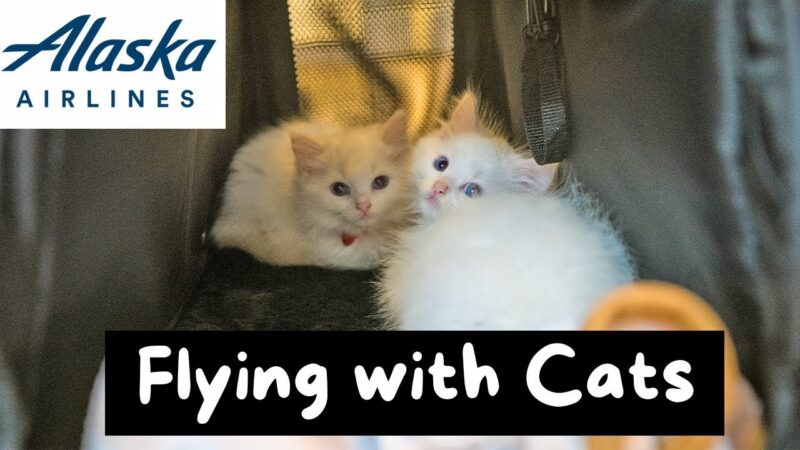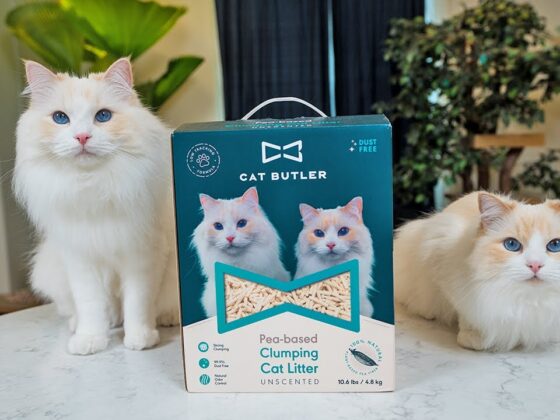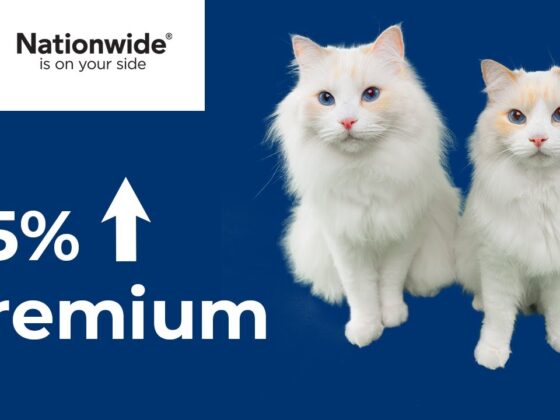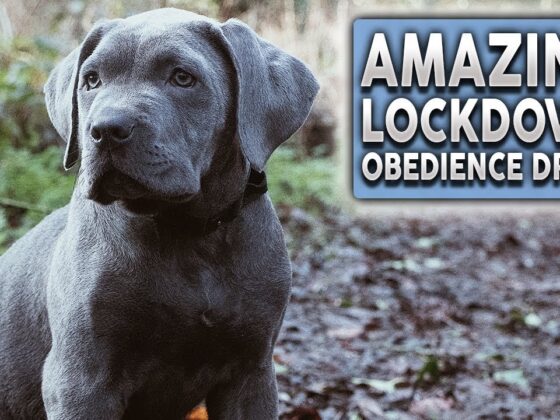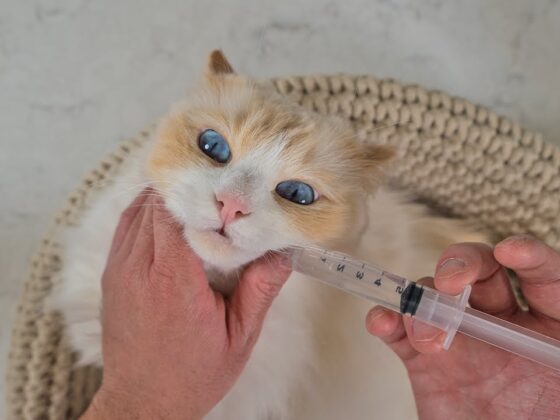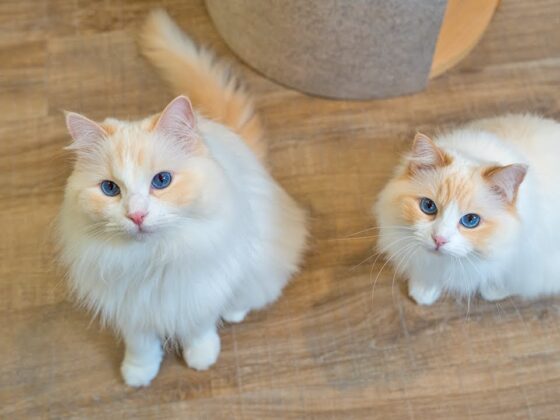Are you dreaming of taking your feline companion on your next adventure, but dreading the thought of airplane travel? Wondering how to keep your cat calm, comfortable, and safe while soaring through the skies?
Traveling with a cat on an airplane can seem daunting, but with the right preparation, it’s entirely possible to make the journey stress-free for both of you. In this comprehensive guide, we’ll walk you through everything you need to know about flying with your cat, from essential documentation to in-flight comfort tips.
Preparing for Take-Off: Key Considerations for Flying with Your Cat
Before you even book your ticket, several crucial factors need your attention. Proper planning is the cornerstone of a smooth journey for your cat.
1. Domestic vs. International Travel: Know the Rules
- Domestic Travel (within the US): Generally simpler, requiring up-to-date vaccinations (especially rabies) and an airline-approved carrier.
- International Travel: Far more complex and highly country-specific. For instance, Australia has strict biosecurity laws, demanding extensive paperwork, health checks, and a minimum 10-day quarantine. Even flying to Hawaii, a US state, has unique requirements due to its rabies-free status.
Expert Tip: “It’s essential to check the destination country’s pet import rules well in advance, as some processes can take months to complete,” advises The Cat Butler. This foresight prevents complications at customs or border controls.
2. Health and Documentation: Your Cat’s Travel Papers
Ensuring your cat has all the correct paperwork is vital for compliance and safety. Schedule a vet visit at least two weeks before your trip.
- Proof of Vaccinations: Rabies vaccination is almost always required.
- Health Certificate: Issued by a licensed veterinarian, usually within 10-14 days before the flight, confirming your cat is fit to travel and free from contagious diseases.
- Pet Passport: Many countries require this for international travel, containing vaccination records and other health information.
- Microchip and ID Tag: Often mandatory, providing permanent identification.
- Import Permits/Certifications: Depending on the destination, you might need specific approvals from agricultural or animal health authorities.
3. In-Cabin vs. Cargo: Prioritize Safety and Comfort
This is perhaps the most critical decision for your cat’s well-being. There are three main options:
- In-Cabin Travel: Your cat travels with you, under the seat in front of you. This is generally the safest and least stressful option, allowing you to monitor your pet.
- Cargo: Pets are transported in a separate, pressurized, temperature-controlled hold. This is often for larger pets or when in-cabin isn’t possible.
- Checked Baggage: Pets travel in the same plane as the owner, but in a pressurized, temperature-controlled area of the cargo hold.
The Cat Butler strongly advocates for in-cabin travel, stating, “After reading several horror stories of cats traveling in cargo or as a checked baggage, I would never put Teemo and Arya through that experience.” Incidents like lost pets or fatalities due to temperature fluctuations, even in “climate-controlled” environments, highlight the risks of cargo travel. If you can, always choose in-cabin to keep eyes on your beloved pet.
Choosing Your Flight Wisely: Airlines and Seating
4. Selecting a Pet-Friendly Airline
- Pet Policies: Look for airlines with clear guidelines on carrier size, fees, number of pets allowed per flight/passenger, and booking procedures.
- In-Cabin Allowance: Confirm your cat can fly in the cabin with you.
- Booking in Advance: Pet spots are often limited per flight, so reserve early. The Cat Butler had a great experience with Alaska Airlines, who charged $100 for both her kittens in one carrier, as they were small enough to fit.
5. Picking Your Seat
When selecting your seat, remember that your cat carrier must fit under the seat in front of you. This means you cannot sit in an exit row or against a bulkhead where there isn’t a seat in front.
The Carrier and Airport Experience
6. Choosing the Right Carrier
- Airline Requirements: Check your airline’s specific dimensions. The carrier must fit under the seat, be well-ventilated, secure, and large enough for your cat to stand, turn around, and lie down comfortably.
- Soft-Sided vs. Hard-Sided: Soft-sided carriers are often preferred for airline travel as they are more pliable and can fit under seats more easily. They also offer more comfort. Hard-sided carriers provide more durability and protection, suitable for larger or more active pets if cargo is unavoidable. The Cat Butler uses a soft-sided carrier for Teemo and Arya due to ease of fitting and cleaning.
7. Navigating Airport Security
At security, you’ll need to carry your cat through the detector while the carrier goes through the X-ray. For skittish cats, this can be risky. To avoid a potential escape or chase, you can request a private screening. “That’s exactly what I did—because the thought of losing Teemo and Arya at the airport was too much for me,” shares The Cat Butler.
In-Flight Comfort and Post-Arrival Tips
8. Keeping Your Cat Comfortable During the Flight
- Empty Stomach: Do not feed your cat right before the flight to minimize nausea and vomiting.
- Potty Preparedness: Line the carrier with absorbent “puppy potty pads.” Carry extras, along with zip-lock bags, paper towels, and latex gloves for any clean-up.
- Limited Treats: Bring a few treats or a small amount of cat food, but only feed sparingly if your cat gets hungry and agitated.
- Calming Aids: Consider using a pheromone spray like Feliway. These sprays mimic natural cat pheromones, helping them feel safer and more relaxed in new environments.
For more insights on keeping your cat calm, you might find our articles on understanding and addressing cat stress and cat stress signs and solutions helpful.
9. What to Do Upon Arrival
Once you land, get your cat to a quiet, safe space as soon as possible. Offer water and a small amount of food if they seem settled. Allow them time to decompress from the journey.
Conclusion: Happy Travels with Your Feline Friend!
Traveling with your cat on an airplane doesn’t have to be a source of anxiety. By meticulously planning, prioritizing their safety with in-cabin travel, and understanding all necessary documentation, you can ensure a much smoother and happier journey for your beloved pet. We wish you and your cat a safe and happy flight!
Do you have any other tips for flying with cats? Share your experiences in the comments below!
